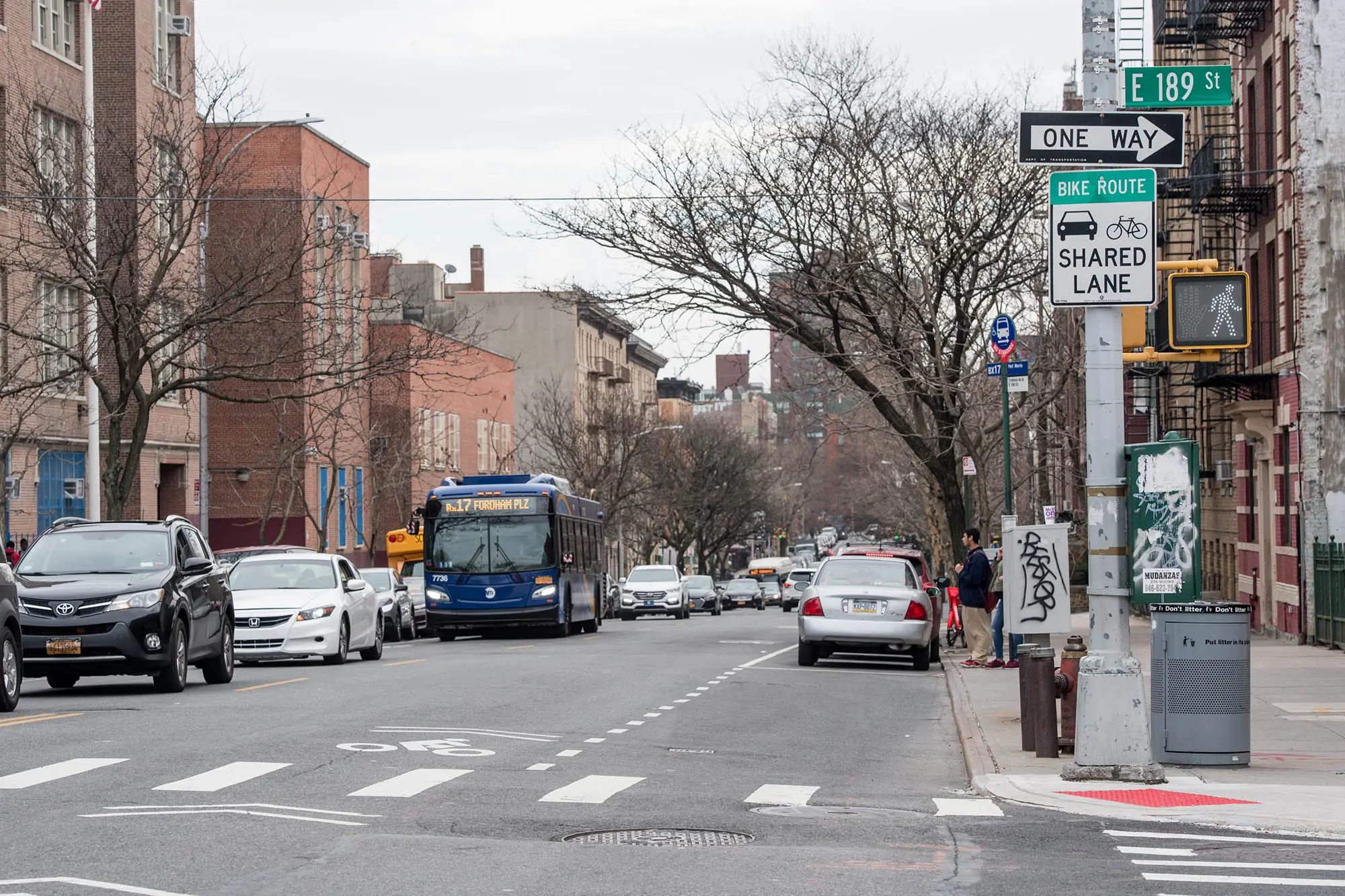Flatbush Traces Its Name From Dutch Roots to Brooklyn’s Patchwork Present

The story of Flatbush’s name traces the arc of New York’s transformation from colonial outpost to cultural mosaic, echoing the city’s wider narrative of reinvention and resilience.
On a brisk spring day, the thoroughfares of Flatbush pulse with the babel of more than a hundred tongues. Baubles clink in West Indian groceries, soccer chants drift from Trinidadian bars, and storefronts display alphabets as varied as Hindi, Russian and Haitian Creole. But among the city’s ever-shifting street maps and hodgepodge traditions, one question persists: Why “Flatbush”?
The answer, it turns out, is both humdrum and revealing. “Flatbush” derives from the Dutch “vlacke bosch,” meaning “flat woodland.” The area was christened Midwout—rendered sometimes as Midwood—by settlers of the Dutch West India Company in 1651, when all of Brooklyn was a patchwork of towns sparsely draped with timber and marsh. As English colonial rule arrived a few decades later and land passed from manor to merchant, the pragmatic “Flatbush” supplanted the more poetic “Midwout.” Names—like demographics—rarely hold still in New York.
What might sound like mere etymological trivia cuts to the heart of a city prone to rebranding. Flatbush’s nomenclature is a fossil record, linking modern Brooklyn with its agrarian, ambiguously governed forebears. Its moniker’s evolution mirrors the fortunes of the district itself: from a Dutch-ruled farming backwater, to Victorian suburbia, to the vibrant hub that now houses over 100,000 people and some of the fastest-rising rents in the five boroughs.
Suburb gave way to suburbia as the 19th century’s railways spurred speculative development and an exodus from the city’s brownstone core. By the early 1900s, Flatbush Road—now Flatbush Avenue—trimmed groves to make way for grand houses in the style of Ditmas Park and leafy boulevards near Prospect Park. Yet the district soon proved less staid than boosters imagined. Migration, first from Ireland and Italy, later from Barbados and Bangladesh, steadily layered the neighborhood with new meanings and ambitions.
For New York, such patchwork history is not mere nostalgia but administrative grit. Neighborhood names encode claims to services, votes, and local identity. A “Flatbush” address once conferred (or denied) access to specific schools, fire brigades, and the coveted “Brooklyn” railway fare. These are distinctions that fuel political energies even in the digital age. The name, like the zip code, can steer public investment or inspire activism—as keenly felt by the Caribbean communities who now anchor Flatbush’s social life.
Secondary effects ripple outward. The corporate chaining of city neighborhoods—Turn-of-the-century “South Flatbush,” “Lefferts,” “Prospect Park South”—has in recent years ceded to a rebranding war among realtors. “Victorian Flatbush” is now invoked for seven-figure home listings, while spammy flyers coin new districts (“PLG,” “Kensington Park”) in pursuit of cachet for newcomers. The original Flatbush, both a woodland and a settlement, is straddled between grit and gentrification, hybridity and habit.
Yet if neighborhood names are a currency of New York tribalism, they are also a bellwether for American urban life. Across the United States, from “Pilsen” in Chicago to “Bywater” in New Orleans, names are bartered as developers seek the next “hot” locale and activists fight for historic preservation. Nowhere is the process as relentless as in New York, where a century of arrivals has produced a cacophony of composite toponyms—alternately contested and commodified.
A collision of memory and marketing, in miniature
Globally, New York’s penchant for lexical reinvention is hardly unique, though its frenetic velocity may be. London’s “Islington” advertises Victorian townhouses and local gentry. Paris carves neighborhoods from its arrondissements, old parishes overwriting earlier Roman demarcations. Yet in few other cities do names change hands with the briskness of speculative real estate or the passions of generational newcomers battling the erasures of dislocation.
In this context, Flatbush’s slow shift from Midwout to its present moniker looks almost sedate—a steady evolution rather than rupture. This may bode well for what remains of neighborhood cohesion: data from the Census Bureau indicate that, despite population churn, Flatbush retains larger families and lower displacement rates than trendier Brooklyn precincts. Its name, whatever the spelling, endures as a signal of rootedness amid flux (and, not incidentally, as a magnet for municipal funding).
Our assessment? The history behind Flatbush’s name serves as a useful reminder that urban reinvention is far older than the internet, the subway, or the brownstone. Each act of naming encodes a city’s legacy of conquest, compromise, and creativity—and frames the ongoing debate about belonging. If the linguistic fate of “Flatbush” is prosaic, the lesson is not: despite the churn of capital and culture, New Yorkers are relentless in their urge to label, relabel and lay claim.
In the end, what’s in a name? As long as there are city-dwellers eager to draw boundaries—in language, politics, or fantasy—the answer will matter for more than just nostalgia. A toponym is never neutral; in a city as mutable as New York, it is a small but telling testament to whose stories prevail. ■
Based on reporting from Brooklyn Eagle; additional analysis and context by Borough Brief.